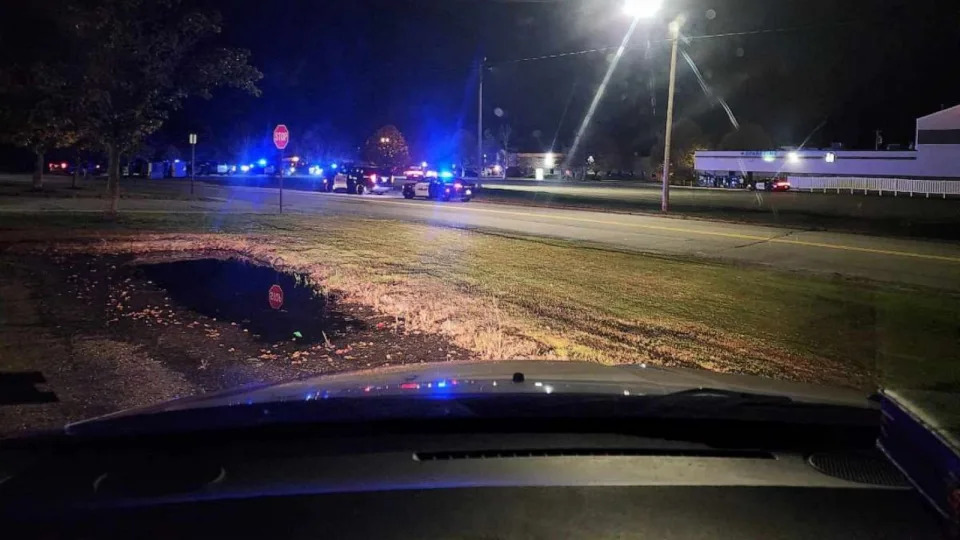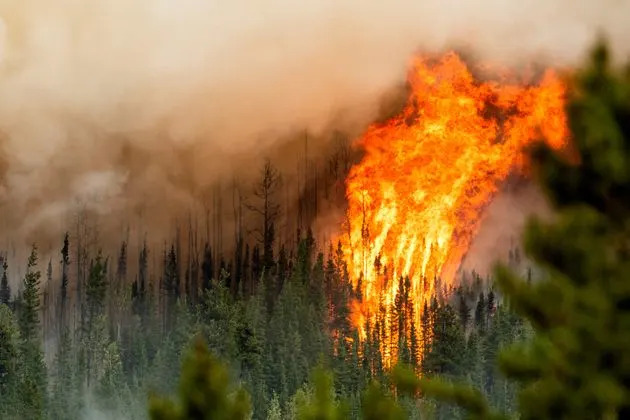The Washington Post
Flu shots may protect against the risk of Alzheimer’s, related dementias
Marlene Cimons, Special to The Washington Post – October 25, 2023
There are many good reasons to get a flu shot this fall, but here’s one that might surprise you: It could protect your brain.
Recent research suggests that regular vaccinations against influenza and other infectious diseases such as shingles, pneumococcal pneumonia, and tetanus, diphtheria and pertussis (whooping cough) may reduce the risk of developing Alzheimer’s disease and related dementias.
“Vaccines are the great public health success story of our generation,” said Paul E. Schulz, professor of neurology and director of the Neurocognitive Disorders Center at the McGovern Medical School at UTHealth Houston, who led several of the studies. “They keep you safe from any number of infections, many of which can be life-threatening. And now it appears there is another tremendous benefit, this one against a disease that is among the most feared.”
What the research says
A number of studies have found that people receiving vaccinations for flu and several other infectious diseases appear less likely than the unvaccinated to develop dementia, although scientists aren’t sure why. Some believe that infectious agents play a role in the development of Alzheimer’s disease and that vaccinations help by preventing or reducing the likelihood of getting these infections.
Alternatively, Schulz speculates that vaccines may curb an immune system reaction to amyloid plaque, a naturally occurring protein found in abnormally high levels in Alzheimer’s. The immune system sees plaque as a foreign invader and attacks it, causing chronic brain inflammation and the death of nearby neurons, which contribute to dementia, he said.
In quelling the immune response to amyloid, vaccines may save brain cells that the body’s immune system might otherwise kill, he said. It’s also possible that vaccines strengthen the immune system’s ability to get rid of plaque. “Fewer plaques lead to less inflammation and less brain cell loss,” Schulz said, adding: “We aren’t sure yet exactly what the mechanism is, but something is going on with the brain and the immune system that seems to make a big difference.”
Peter Hotez, dean of the National School of Tropical Medicine at Baylor College of Medicine and co-director of the Texas Children’s Hospital Center for Vaccine Development, said the studies “suggest long-term benefits from immunizations with vaccines that may go beyond the intended direct benefits.”
It is unclear why vaccinations may slow or prevent dementia, Hotez said. “In some cases, they may prevent viruses from causing direct neurological involvement, especially for neurotropic viruses, or indirectly through brain inflammation that can result from pathogens,” he said. “In other cases, they may stimulate innate immune mechanisms that may be protective against the sequence of events leading to dementia.”
Schulz led a recent study that found a statistically significant difference in the incidence of Alzheimer’s after following two groups – one vaccinated against flu, the other unvaccinated – for up to eight years.
In the flu study, the researchers took participants from a national patient database, two groups of 935,887 each, one group vaccinated, the other not. To avoid the potential influence of various factors that could affect the results, the scientists ensured that each group shared many of the same characteristics, such as age, gender, how frequently they went to the doctor, and certain medical conditions, such as high blood pressure and elevated cholesterol.
Schulz and his colleagues found that an annual flu vaccination for three consecutive years reduced the dementia risk 20 percent over the next four to eight years, while six shots doubled it to a 40-percent reduction.
There were 47,889 cases of dementia in the vaccinated group, compared with 79,630 in the unvaccinated participants – a difference of more than 30,000 cases, Schulz said.
Similar results from other vaccines
In another study, his team found similar results with vaccines for other infectious diseases, including shingles, pneumococcal pneumonia and the combination of tetanus, diphtheria and pertussis (whooping cough), known as Tdap, or with tetanus and diphtheria without the pertussis component.
With the shingles vaccines, for example, (Zostavax, the early shingles vaccine, and Shingrix, the most recent one), the researchers compared 198,847 patients, who were vaccinated to an equal number who were not, Schulz said. Among the vaccinated, 16,106 patients developed Alzheimer’s during the eight-year follow-up, compared with 21,417 of the unvaccinated – or 5,311 fewer patients in the vaccinated group got dementia.
With Tdap and Td vaccines, the researchers compared two groups of 116,400 patients each, one vaccinated, one not. In the vaccinated, 8,370 individuals developed dementia over the eight years, compared with 11,857 in the unvaccinated – 3,487 fewer patients among the vaccinated.
With the pneumococcal vaccine, they compared two groups of 260,037 each, one group vaccinated, the other unvaccinated, and recorded 20,583 dementia cases among the vaccinated after eight years, compared with 28,558 unvaccinated people – 7,975 fewer patients in the vaccinated group, Schulz said.
In two studies conducted in the United Kingdom – still unpublished and under peer review – researchers at Stanford University found similar results. The first, among an older population in Wales, suggests that vaccination with Zostavax prevented an estimated 1 in 5 new dementia cases during a seven-year period, said Pascal Geldsetzer, assistant professor of medicine in the division of primary care and population health at Stanford University, who led the research.
The second analyzed mortality data for England and Wales and found a 5 percent difference in the probability of dying from dementia – or 1 in 20 deaths averted – during a nine-year follow-up.
For both studies, the scientists established two groups for comparison purposes based on the country’s birth date eligibility requirements. Those who turned 80 just before the vaccine program started were not eligible for the vaccine, and remained ineligible, while those who turned 80 just after the program began received the vaccine free over the course of the following year.
“It is likely that the only difference between the two comparison groups was a tiny difference in age, but a large difference in the probability of getting the shingles vaccine,” Geldsetzer said. “That makes our study fundamentally different in its approach to studies that simply compare people who get vaccinated with those who don’t. We think that our findings from this unique natural randomization strongly suggest a causal relationship.”
Need for more research
Experts said more studies were needed to determine the effects of the vaccine on the brain.
There may be undetectable factors that distinguish the vaccinated from the unvaccinated, despite researchers’ efforts to control for them, such as prior head injuries, genetics or environmental exposures, said William Schaffner, professor of preventive medicine and infectious diseases at Vanderbilt University.
Regardless, experts agree that people should get their shots. “All this requires further studies, but vaccination, along with good diet, exercise, intellectual and emotional stimulation are key factors for healthy aging,” Hotez said.
No one should suffer from preventable diseases, Schaffner said: “Vaccinations are a critical means of staying well and living a healthy life.”
Related Content
Mike Johnson played a central role in trying to overturn the 2020 vote











